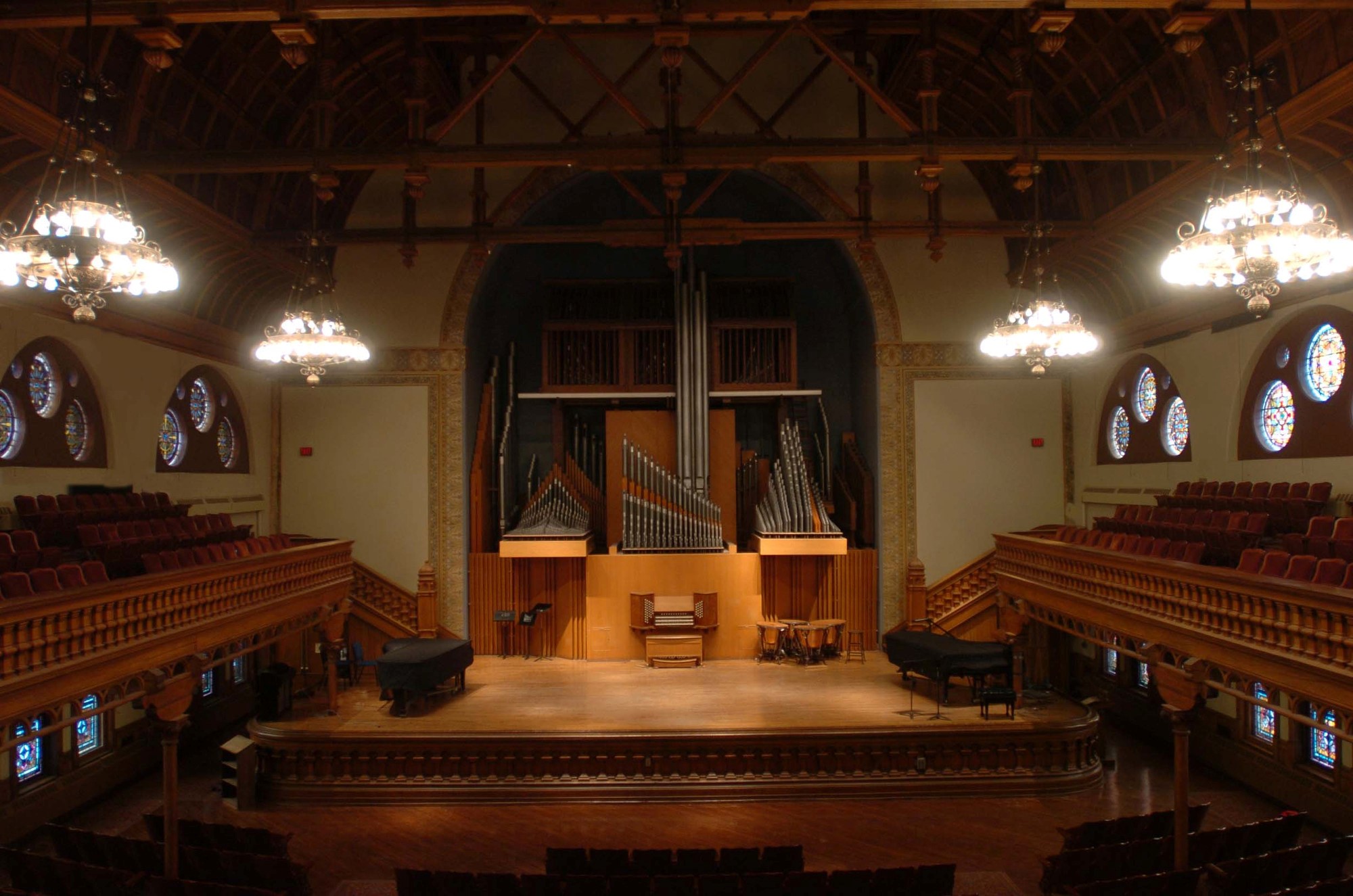Recently, the historic Setnor School of Music at Syracuse University modernized and upgraded its department infrastructure with the help of Dante, Audinate’s AVoIP solution.
The department underwent major renovation which included a move from analog cabling to audio networking while preserving the historical significance of the building.
According to Audinate, Dante is the de-facto standard for digital audio networking that distributes hundreds of uncompressed, multi-channel digital audio channels via standard Ethernet networks with near-zero latency and perfect synchronization. The company also mentioned that Dante allows audio, control, and all other data to coexist effectively on the same network. It also allows for low impact integration which was crucial as the copper wire and XLR cables running between rooms at Setnor had become outdated, noisy, and inflexible. Audinate stated that Dante thus offered a solution with minimal impact on the historic campus buildings.
Upgrade and Installation of Dante
“With a building like this, we can’t just knock big holes in the walls and run more and more copper,” said Kevin Muldoon, an instructor and the sound recording engineer at Setnor. Muldoon explained that they were replacing all the many runs of copper and XLR with about 200 feet of fiber optic cable to navigate through all the twists and turns to get signals from the auditorium to his office.
Muldoon stated that he was also responsible for recording student performances along with live streaming and archiving them. Muldoon also emphasized Dante as an AVoIP solution where he mentioned that with a Dante audio network connection in place, his team was able to run all their microphone inputs through the Dante-enabled Rupert Neve RMP-D8 eight-channel microphone preamps to the live board for mixing, recording, and live streaming.
According to Audinate, the XLR microphones in the auditorium connect to the RMP preamps, which convert the signals to the Dante network/fiber connection to an Avid MTRX audio interface in the studio, and then into ProTools for recording. A signal is also sent to back-up recorders via AES/EBU outputs. Muldoon also spoke of plans to add a Dante network card to their Midas mixer, so the team would be able to work on projects concurrently such as mixing for recording and live streaming performances simultaneously.
“Eventually, we want the Dante system to bring together our entire campus network, so we can connect to our off-site studio, as well as our separate jazz building and the Belfer Recording Studio, which is yet another separate building,” said Muldoon. He further added, “We want to get to a point where a complete Dante audio network will allow seamless integration between all of these locations.”
Expansion of Audio Technology
Audinate also highlighted that Dante’s intuitive user interface and network management features enabled even the most complex networks to be set up and configured in a seamless manner which then facilitates easier system integration.
“It’s cool that I’m an instructor because I can expose students to new audio network technology as well as the analog way of doing things, and the benefits of digital audio really sink in when you do that,” said Muldoon.
To help expose his students to all aspects of an audio production system, Muldoon mentioned that he teaches a class on audio electronics where the students build DI boxes and preamps and learn how to solder and repair basic equipment. According to Muldoon, the students have recently begun to build ethernet cables.
“A digital network is so flexible and easy and can do so much more than analog — and you never have to worry about AC hum or grounding problems or dragging around a big audio snake,” concluded Muldoon.










